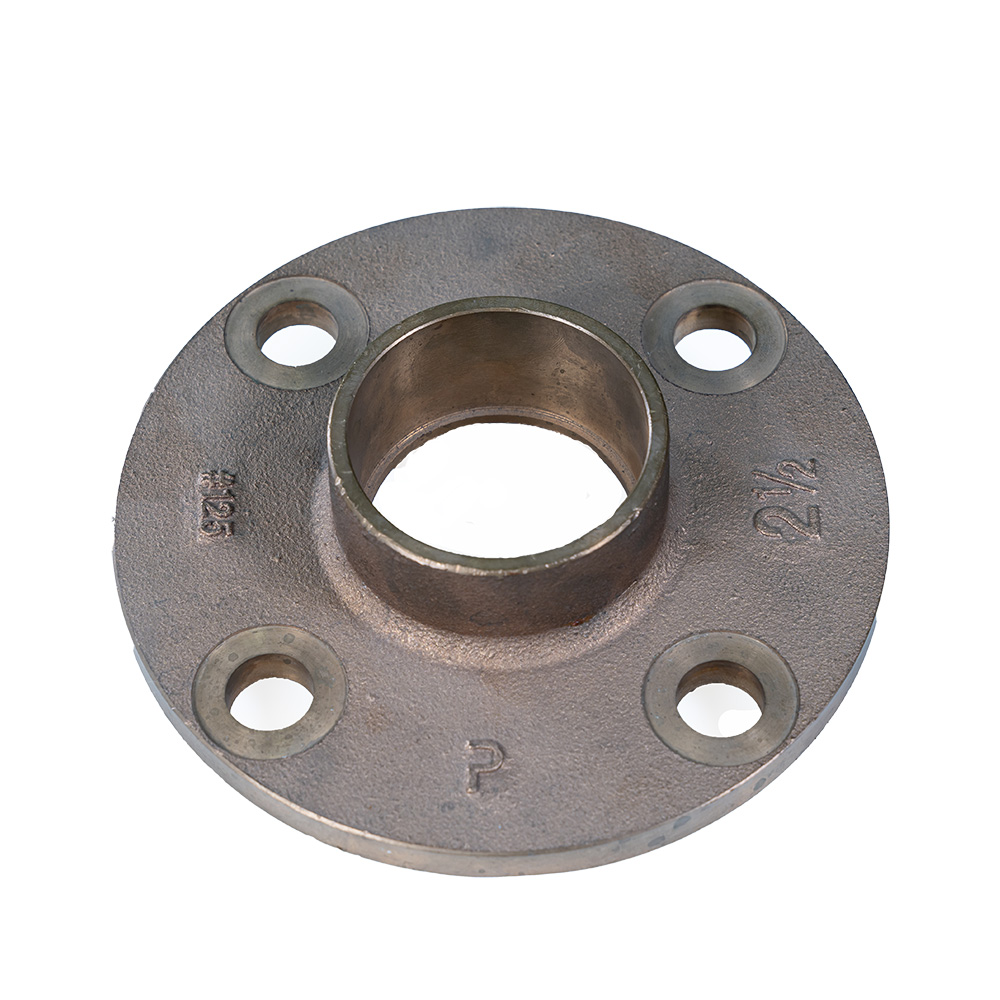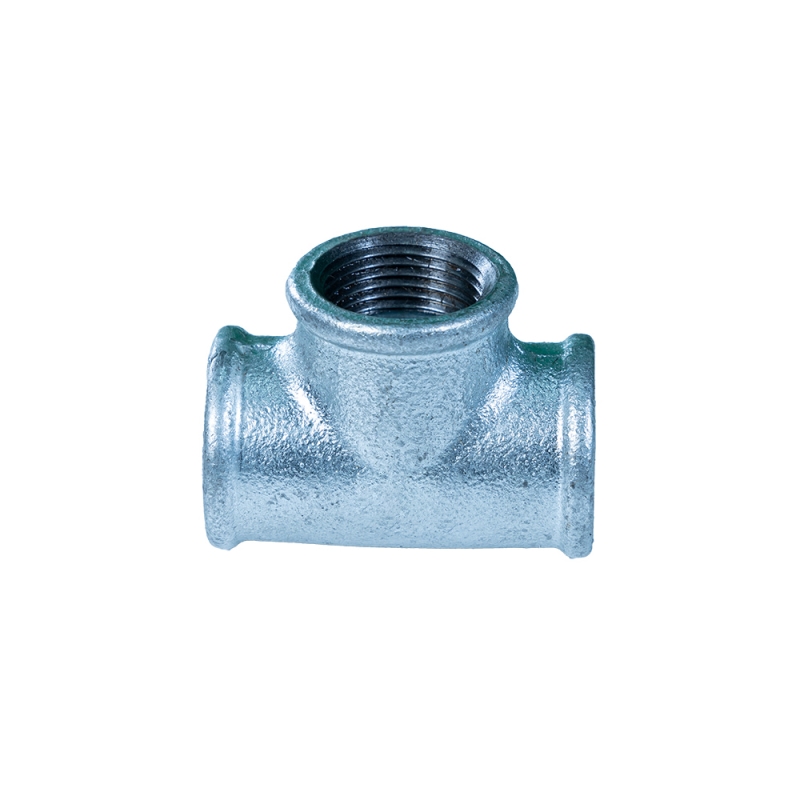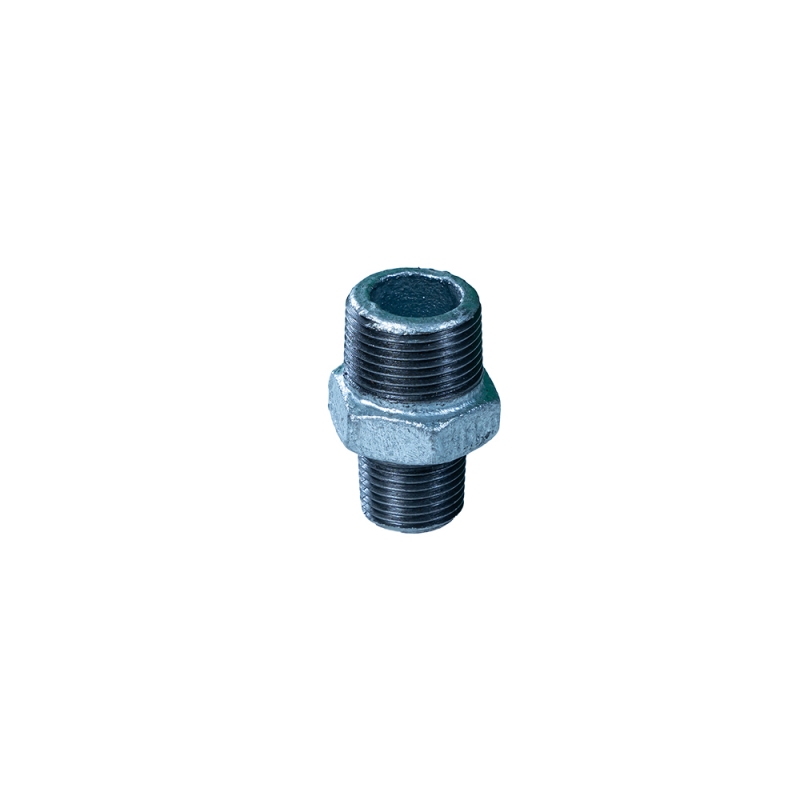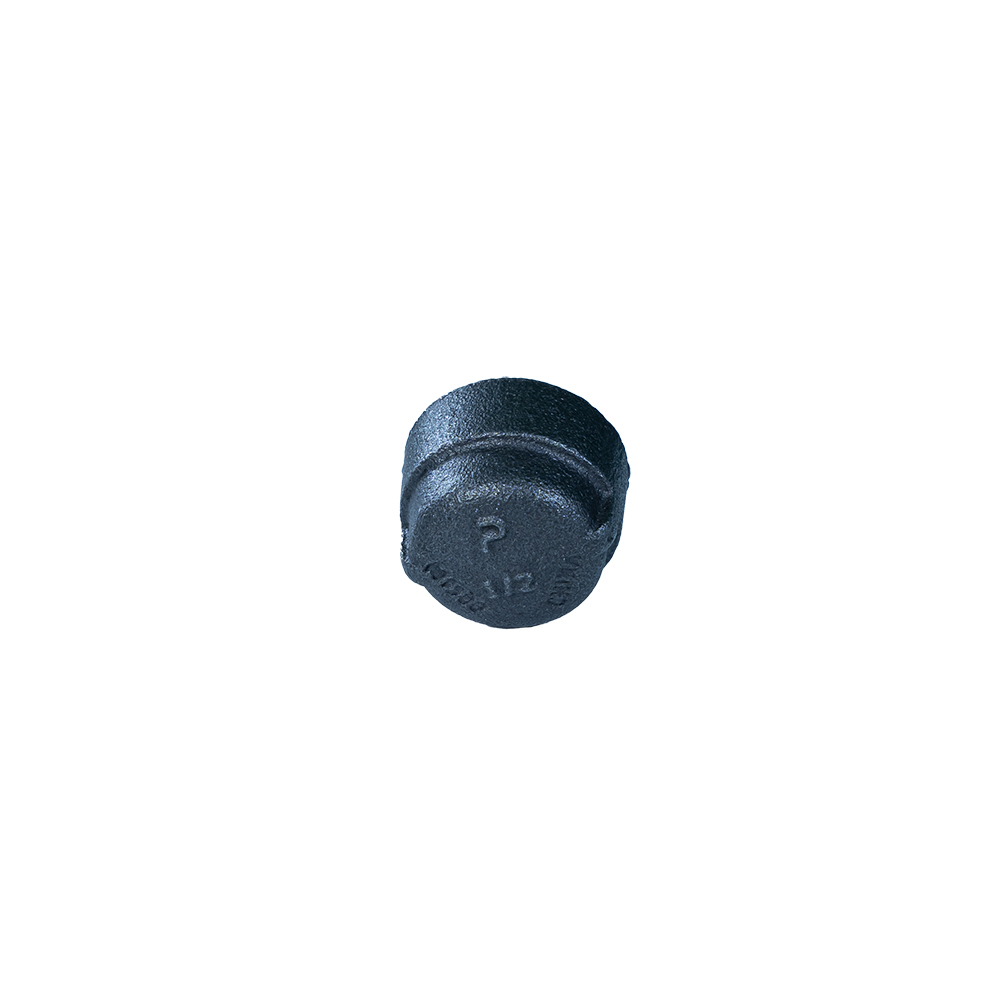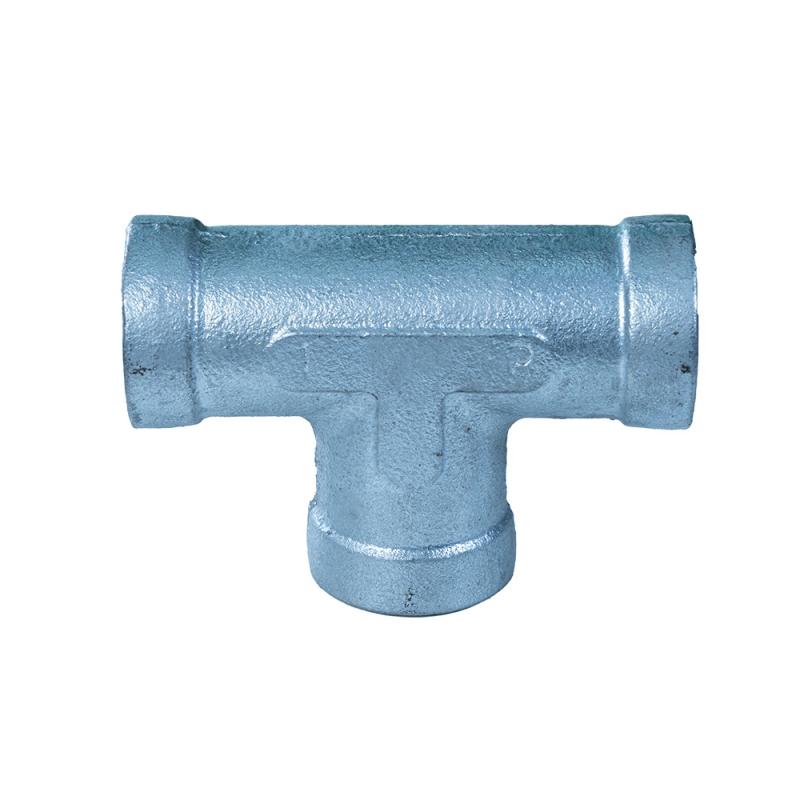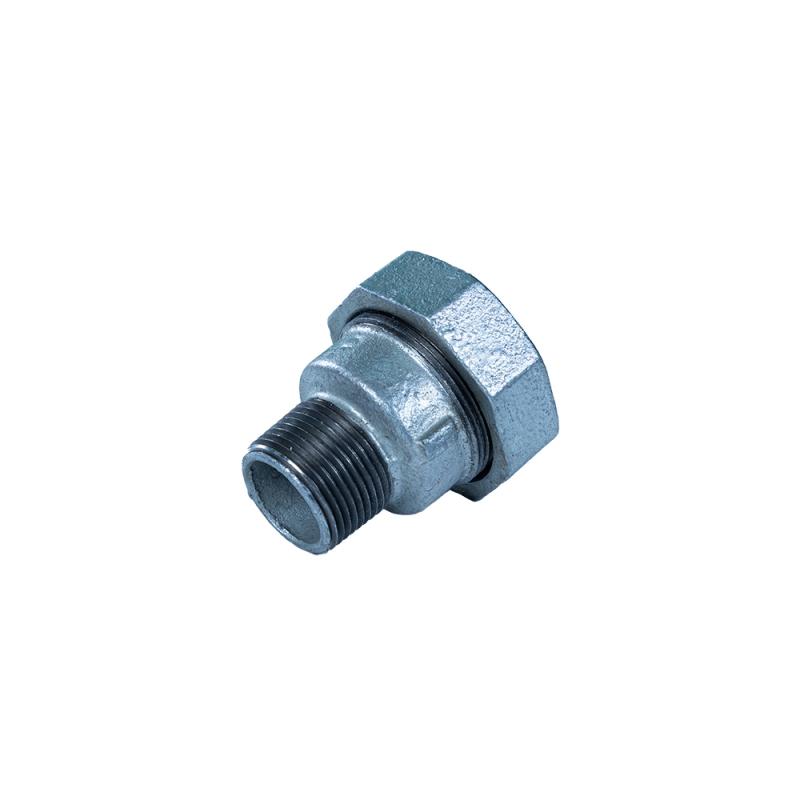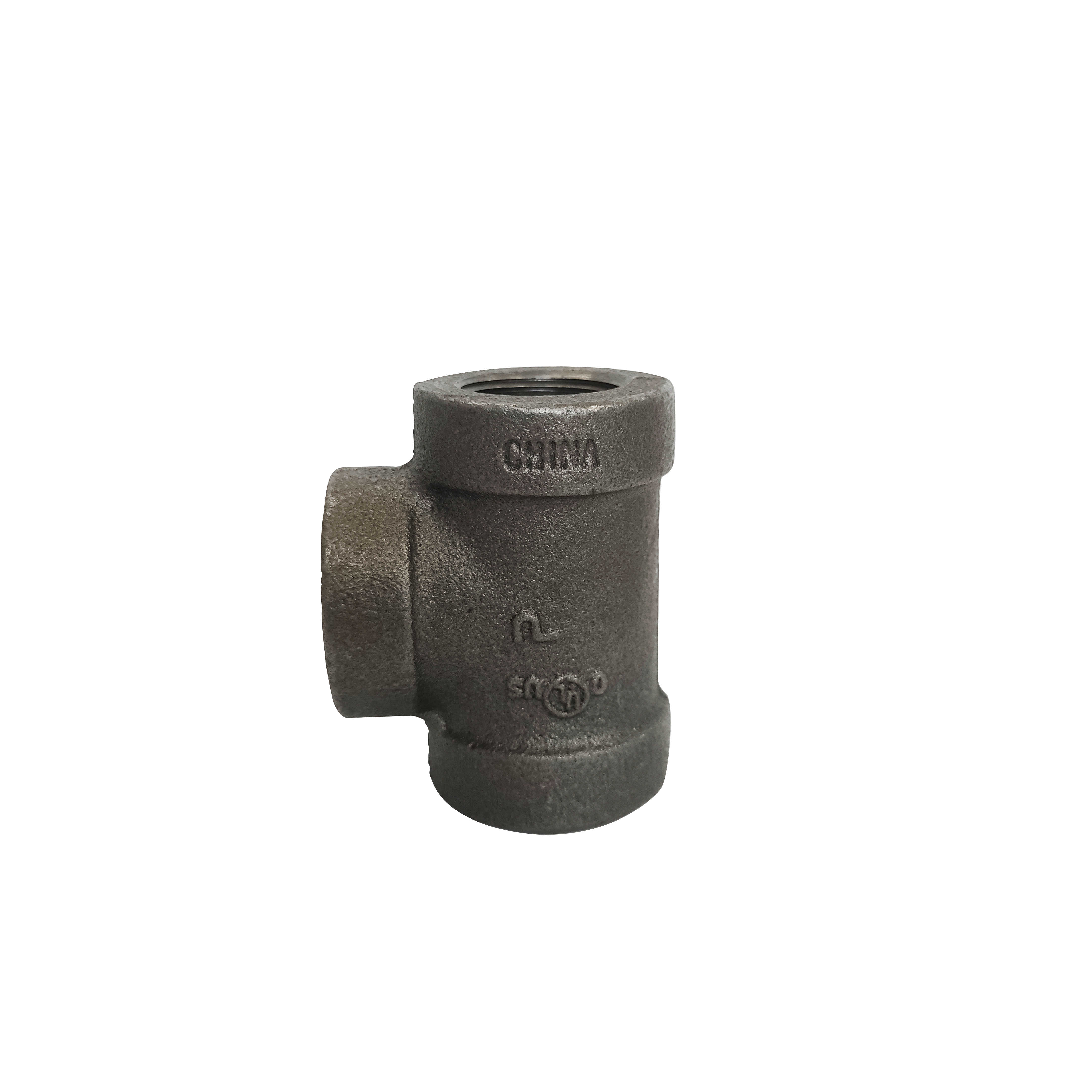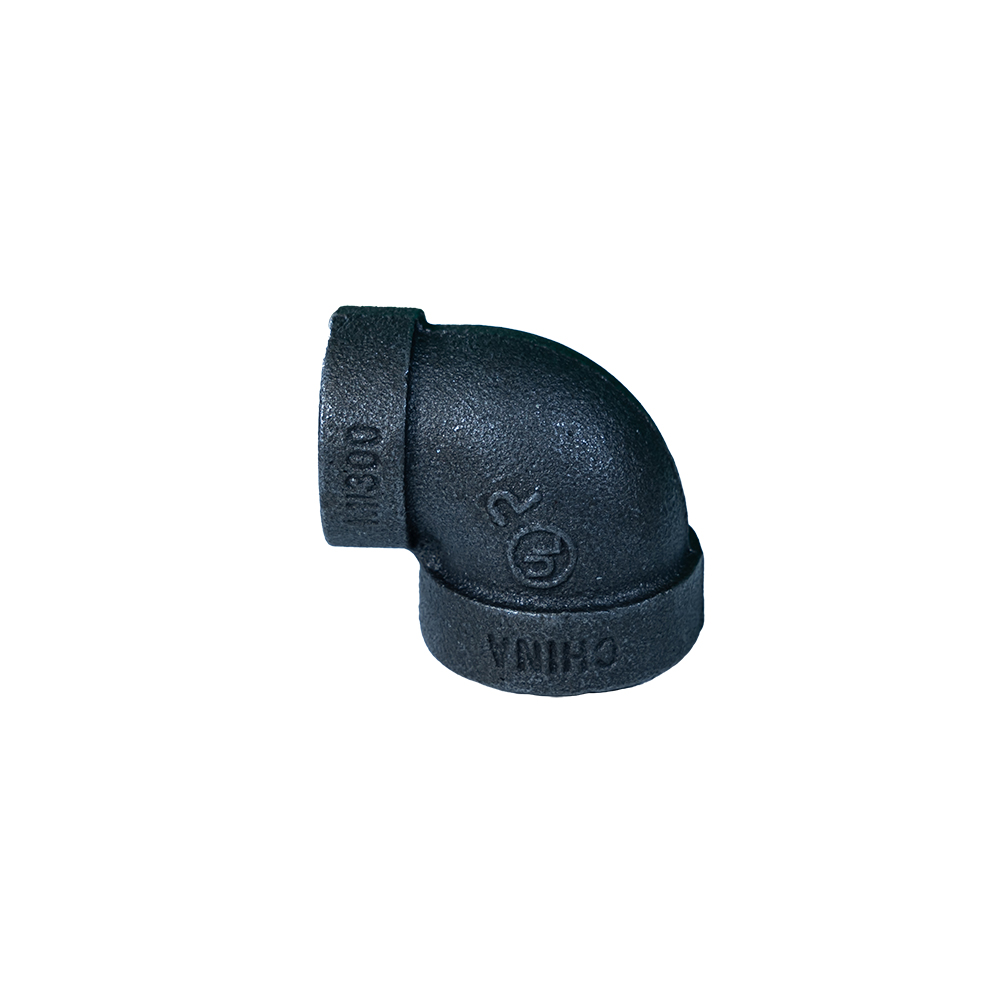In the world of industrial piping, the integrity and reliability of every component are paramount. High-pressure environments, such as those found in petrochemical plants, power generation facilities, and advanced water treatment systems, demand components that can withstand extreme operational stress. Among the most critical of these are pipe fittings. This guide provides a comprehensive exploration of class 300 pipe fittings, delving into their technical specifications, manufacturing intricacies, and diverse applications. We will specifically examine the role of 300 malleable iron fittings and analyze the crucial class 300 pipe fittings pressure rating, offering expert insights to help you make informed decisions for your high-stakes projects.
The market for industrial fittings is projected to grow significantly, driven by infrastructure development and the modernization of industrial facilities globally. A recent industry report forecasts the global industrial valves and fittings market to reach USD 95.5 billion by 2028, growing at a CAGR of 4.2%. Within this market, high-pressure fittings like the Class 300 series represent a vital segment, prized for their robustness and long service life. Understanding their nuances is not just a matter of technical compliance but a strategic imperative for ensuring operational safety, efficiency, and longevity.
Decoding the "Class 300" Designation: More Than Just a Number
Before diving into the specifics, it's essential to understand what "Class 300" signifies. This designation is part of a pressure-class system defined by standards bodies like the American Society of Mechanical Engineers (ASME) and the American National Standards Institute (ANSI). It indicates the maximum allowable working pressure (MAWP) a fitting can safely handle at a given temperature. A class 300 pipe fittings pressure rating is substantially higher than that of its Class 150 counterpart, making it the go-to choice for medium to high-pressure service lines.
For example, a Class 300 carbon steel fitting can typically handle a pressure of around 740 PSI at ambient temperatures, whereas a Class 150 fitting is rated for about 285 PSI. This rating, however, is not static; it decreases as the operating temperature increases. This pressure-temperature relationship is a cornerstone of piping system design and material selection, and it underscores the importance of choosing the correct class for your specific application's thermal and pressure demands.
Technical Specifications of Class 300 Pipe Fittings
To ensure system compatibility and safety, class 300 pipe fittings must adhere to strict dimensional and material standards. The most prominent standard governing threaded fittings is ASME B16.3 for Malleable Iron Threaded Fittings and ASME B16.4 for Gray Iron Threaded Fittings. Below is a detailed table outlining typical parameters for these robust components.
| Parameter | Specification (ASME B16.3 for Malleable Iron) | Description & Importance |
|---|---|---|
| Pressure-Temperature Rating | Class 300 (See specific chart) | Defines the maximum allowable working pressure at various temperatures. For Class 300, this is typically up to 2000 PSI WOG (Water, Oil, Gas) at ambient temperatures, and 300 PSI for saturated steam. |
| Material Standard | ASTM A197 (Malleable Iron) / ASTM B62 (Bronze) | Specifies the chemical composition, mechanical properties (tensile strength, yield strength), and heat treatment requirements for the material. Ensures consistent quality and performance. |
| Dimensions | ASME B16.3 | Governs the center-to-end, center-to-center, and other key dimensions to ensure interchangeability and proper fit-up with pipes. |
| Threads | ASME B1.20.1 (NPT - National Pipe Taper) | Defines the standard for tapered pipe threads, which create a pressure-tight seal when properly assembled. Precision threading is critical for preventing leaks in high-pressure systems. |
| Nominal Pipe Size (NPS) Range | Typically 1/8" to 6" | Indicates the standard sizes in which the fittings are available. Larger sizes may be available through custom manufacturing. |
| Markings | Manufacturer's name/logo, material symbol, "300" class designation, size. | Provides essential traceability and confirms the fitting meets the required specifications. Essential for inspection and maintenance. |
| Testing | Hydrostatic testing (e.g., at 1.5x MAWP) | Each fitting is often pressure tested to verify its structural integrity and ensure it is free from leaks or defects before leaving the factory. |
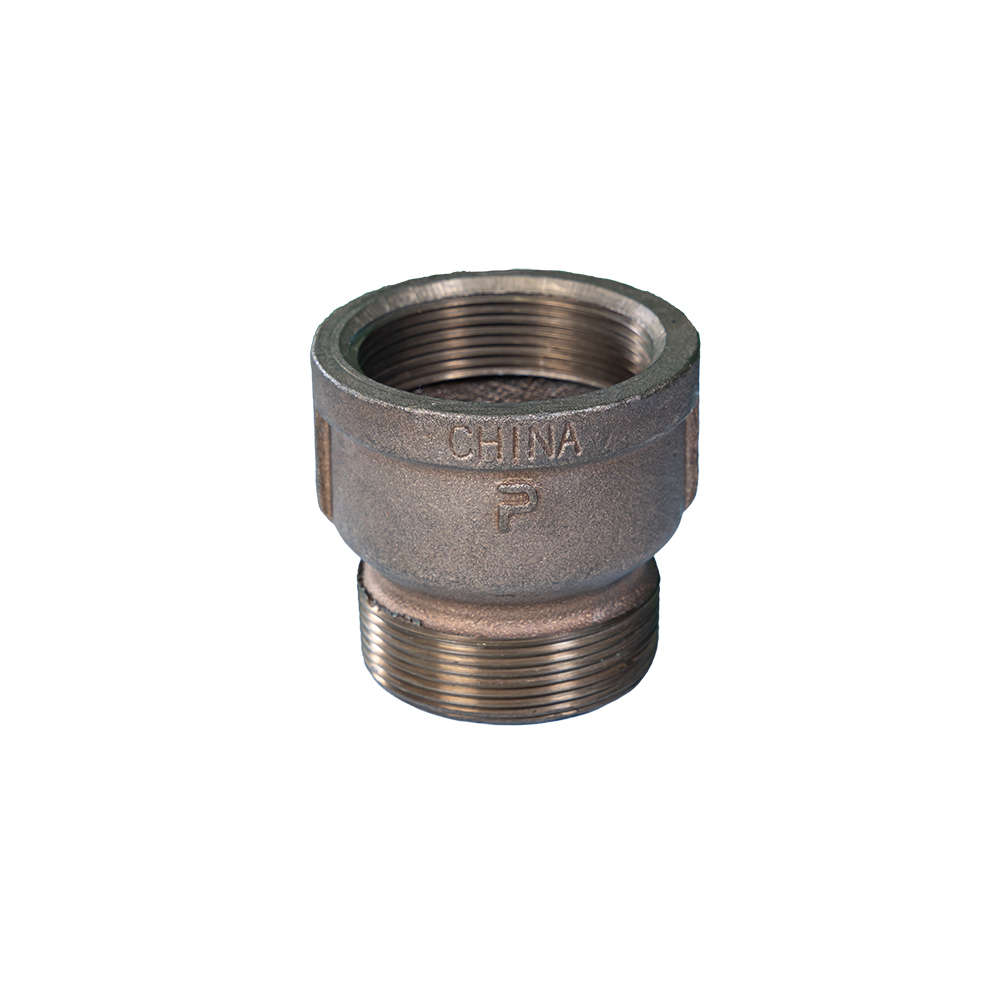
Precision-engineered class 300 pipe fittings, showcasing the robust construction required for high-pressure industrial applications.
The Manufacturing Journey: From Raw Material to Reliable Fitting
The performance of a class 300 pipe fittings is a direct result of a meticulous and quality-controlled manufacturing process. Whether it's 300 malleable iron fittings or bronze fittings, the journey from raw material to finished product involves several critical stages. At Pannext Fittings, we combine time-honored techniques with modern technology to guarantee excellence.
A Step-by-Step Manufacturing Flowchart
This stringent process ensures that every fitting, from a simple elbow to a complex union, possesses the required mechanical strength and dimensional accuracy. The emphasis on CNC machining guarantees that the threads are perfect, providing a secure, leak-proof seal that is essential for the high-pressure applications where class 300 pipe fittings are deployed.
Product Spotlight: Casting Bronze Threaded Extension Pieces Fitting
While class 300 malleable iron fittings are a workhorse in many industries, certain applications demand the unique properties of bronze. Our Casting Bronze Threaded Extension Pieces Fitting is a prime example of a specialized component engineered for superior performance.
Manufactured from high-grade ASTM B62 bronze, this fitting offers exceptional corrosion resistance, making it ideal for marine environments, potable water systems, and chemical processing lines where ferrous materials would quickly degrade. Its inherent anti-fouling properties also reduce maintenance costs and extend the system's lifespan. The casting process allows for the creation of intricate shapes like extension pieces with consistent material integrity, while CNC threading ensures perfect compatibility with standard piping.
Data-Driven Performance Insights
Visualizing data is key to understanding a product's true value. Here, we compare our Bronze Extension Piece against standard alternatives and illustrate its key performance metrics.
Performance Comparison: Bronze vs. Standard Malleable Iron
Material Composition (ASTM B62 Bronze)
Pressure Rating vs. Temperature
Applications and Technical Advantages
The robustness and reliability of class 300 pipe fittings make them indispensable across a wide spectrum of demanding industries. Their primary advantage lies in their ability to maintain structural integrity under conditions that would cause lower-class fittings to fail.
Petrochemical & Refining
Used in process lines carrying hydrocarbons, chemicals, and steam at high pressures and temperatures. The secure seal of NPT threads minimizes the risk of fugitive emissions, enhancing plant safety.
Power Generation
Essential in steam condensate lines, boiler feed water systems, and cooling circuits. Their durability ensures long service life in the continuous operation cycles of power plants.
Marine & Shipbuilding
Bronze class 300 pipe fittings are heavily favored for their superior resistance to saltwater corrosion in ballast systems, engine room piping, and fire mains.
Heavy Manufacturing
Deployed in hydraulic systems, compressed air lines, and industrial gas distribution networks where pressure fluctuations and mechanical vibration are common.
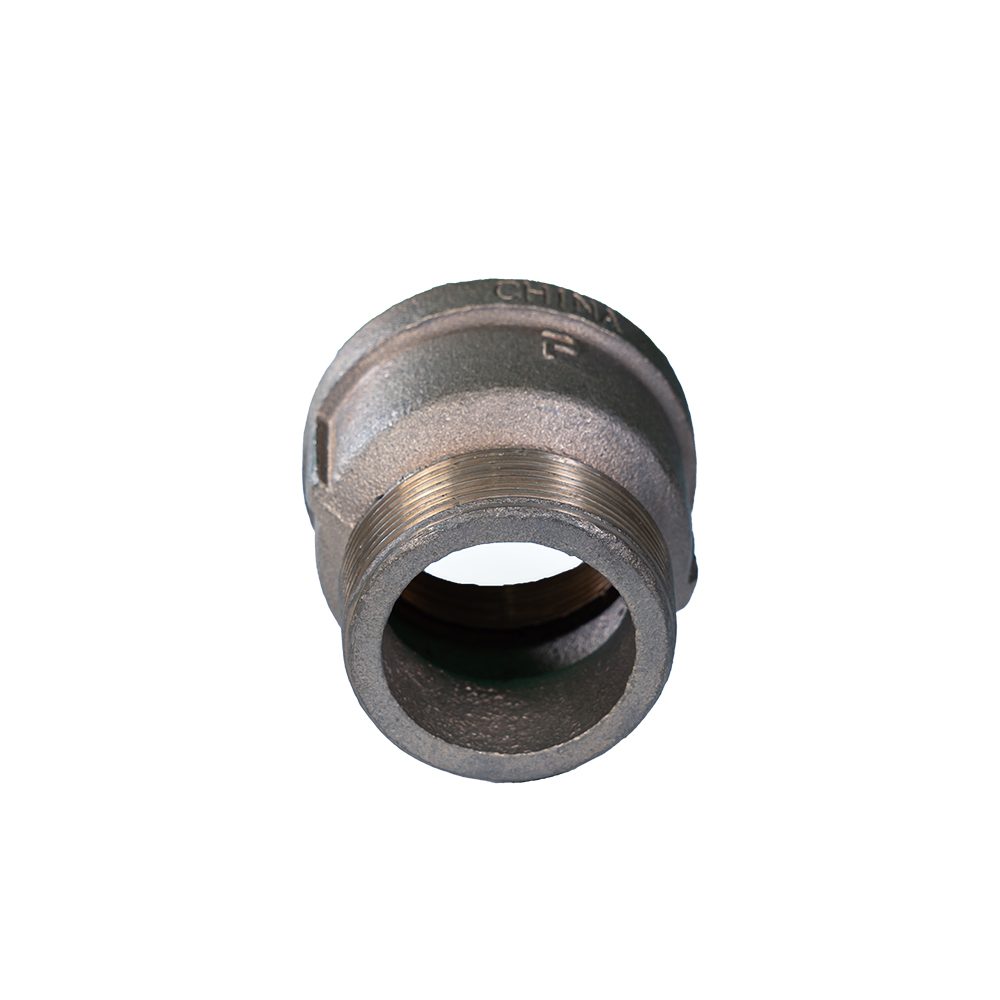
A close-up of the Casting Bronze Threaded Extension Piece, highlighting its robust build and suitability for corrosive environments.
Manufacturer Comparison and Customization Solutions
Choosing the right manufacturer is as crucial as selecting the right fitting class. While many suppliers offer class 300 pipe fittings, key differentiators set leading manufacturers like Pannext Fittings apart:
- Material Traceability: We provide Mill Test Reports (MTRs) for our raw materials, ensuring full traceability and compliance with standards like ASTM.
- Manufacturing Control: Owning the entire process from casting to machining allows us to maintain unparalleled quality control at every step.
- Testing and Certification: Our ISO 9001:2015 certified facilities and rigorous testing protocols guarantee that our products meet and often exceed industry requirements.
- Technical Expertise: With over 20 years of experience, our engineering team can provide expert guidance on material selection and application-specific challenges.
Tailored for Your Needs: Customization Options
Standard fittings don't always meet the unique requirements of a complex project. We offer comprehensive customization solutions for class 300 pipe fittings, including:
- Specialty Materials: Need fittings in specific alloys for extreme chemical resistance or temperature? We can source and manufacture from a wide range of materials.
- Custom Dimensions: If your project requires non-standard center-to-face dimensions or unique configurations, our engineers can design and produce fittings to your exact drawings.
- Alternative Threading: Beyond NPT, we can machine fittings with BSPT, SAE, or other thread standards as required.
"We switched to Pannext's Class 300 bronze fittings for our offshore platform's seawater cooling system. The corrosion-related failures we experienced with previous suppliers have been completely eliminated. The product quality and technical support are second to none. We've seen a 40% reduction in maintenance calls for that system."
Building Trust: Our Commitment to Quality and Service (E-E-A-T)
In a critical industry, trust is earned through expertise, authority, and transparency. At Pannext Fittings, we build this trust by being more than just a supplier; we are your partner in piping solutions.
Our Guarantees
- Authoritativeness: As an ISO 9001:2015 certified company with over two decades of dedicated service, we are a recognized authority in the fittings industry. Our products are trusted by leading EPC contractors and industrial clients worldwide.
- Experience: Our portfolio includes successful projects in over 30 countries, spanning the most challenging industrial environments. This hands-on experience informs every product we make and every piece of advice we give.
- Trustworthiness: We stand behind our products with a comprehensive warranty, transparent delivery schedules, and responsive customer support. Our average delivery lead time for standard items is 2-4 weeks, with clear communication throughout the process.
Frequently Asked Questions (FAQ)
The main difference is the class 300 pipe fittings pressure rating. Class 300 fittings are designed with thicker walls and more robust construction, allowing them to handle significantly higher pressures than Class 150 fittings. For example, at 100°F, a Class 300 malleable iron fitting is rated for pressures up to 2000 PSI WOG, while a Class 150 fitting is typically rated for 300 PSI WOG. You should always consult the specific pressure-temperature chart for the material in question.
Choose bronze fittings when corrosion resistance is a primary concern. Bronze is ideal for marine applications (saltwater), potable water systems (it doesn't rust), and certain chemical environments. Malleable iron is an excellent, cost-effective choice for general-purpose applications like steam, gas, oil, and air lines where the fluid is not highly corrosive to iron.
NPT stands for National Pipe Taper. It's the U.S. standard for tapered threads used on pipes and fittings. The taper allows the threads to pull tight and create a metal-to-metal seal that, when combined with a suitable pipe sealant, becomes pressure-tight. The precision of the NPT threading, governed by ASME B1.20.1, is critical for preventing leaks in high-pressure systems.
The service life depends heavily on the application: the fluid being transported, operating pressure, temperature cycles, and external environmental conditions. However, a properly selected and installed class 300 pipe fitting in a non-corrosive, stable-pressure application can last for decades. In corrosive environments, a bronze fitting will vastly outlast an iron one. Regular inspection and maintenance are key to maximizing lifespan.
Yes, but with an important consideration. Class 300 fittings are often used with Schedule 80 or heavier pipe because those pipes have a pressure rating more closely aligned with the fitting. While you can physically connect a Class 300 fitting to a Schedule 40 pipe, the entire system's maximum allowable pressure will be limited by the weakest component—in this case, the Schedule 40 pipe. It is best practice to match the fitting class to the pipe schedule for optimal system design.
Our quality assurance is multi-layered. It starts with material certification (MTR). After casting and machining, every fitting undergoes a rigorous visual and dimensional inspection against ASME standards. Crucially, a statistically significant batch of fittings (or 100% for critical applications) is subjected to hydrostatic pressure testing, typically at 1.5 times the maximum rated working pressure, to ensure there are no leaks or material defects.
Casting involves pouring molten metal into a mold to create the desired shape. It's excellent for complex shapes and materials like bronze or iron. Forging involves shaping a solid piece of metal (a billet) under immense pressure, which aligns the material's grain structure and generally results in higher tensile strength and impact resistance. Forged steel fittings are common in extremely high-pressure applications (e.g., Class 3000 and above). For Class 300 threaded fittings, high-quality casting is a proven, reliable, and cost-effective manufacturing method.
References & Further Reading
To ensure the highest level of expertise and authority, our content is informed by leading industry standards and discussions. For deeper technical exploration, we recommend the following resources:
- ASME B16.3-2016, Malleable Iron Threaded Fittings: Classes 150 and 300. American Society of Mechanical Engineers. This standard is the definitive document for the design, dimensions, and material requirements of class 300 malleable iron fittings.
- "Pressure Ratings of Malleable Iron Pipe Fittings." Eng-Tips Forums, Piping Engineering Forum. An industry discussion providing practical insights and field experience on the application and limits of pressure classes. Link: Eng-Tips Engineering Forums
- Callister, W. D., & Rethwisch, D. G. (2018). *Materials Science and Engineering: An Introduction*. Wiley. This textbook offers foundational knowledge on the properties of metals like bronze and iron, explaining the science behind their strength and corrosion resistance.
Post time: 8月-06-2025
This is the first article


